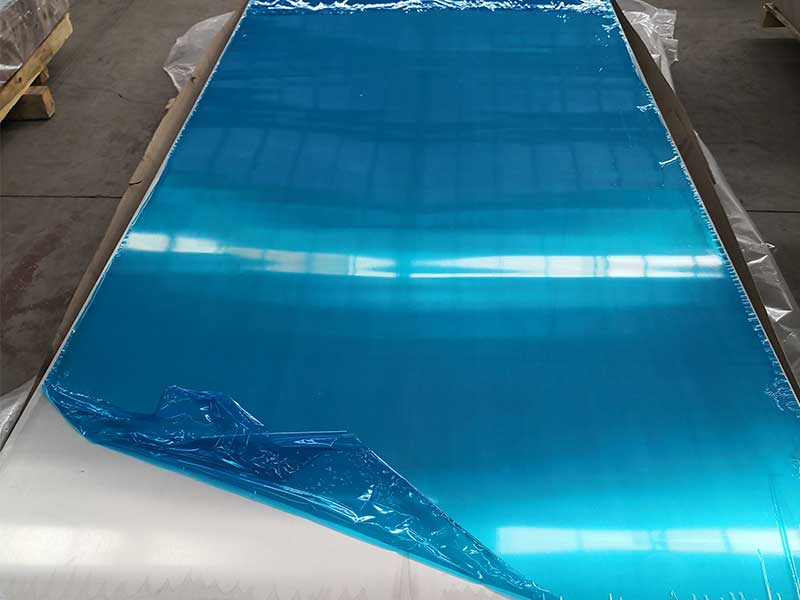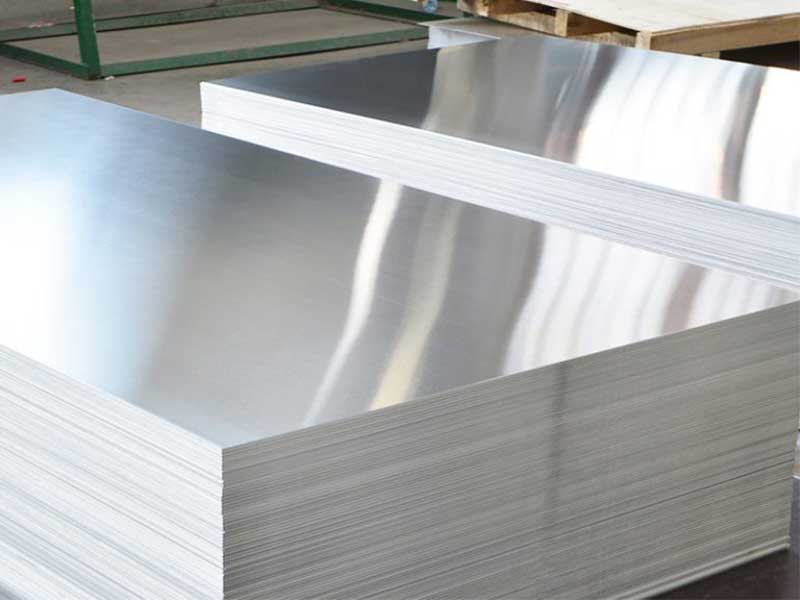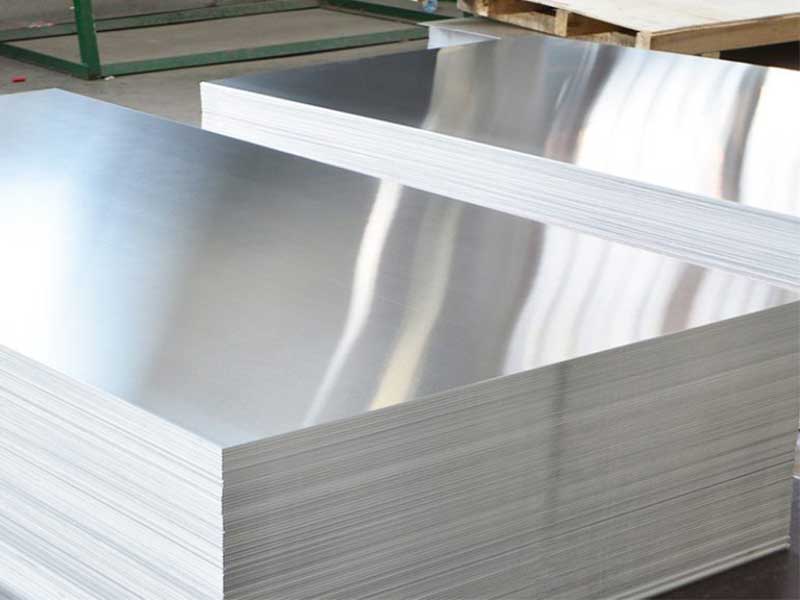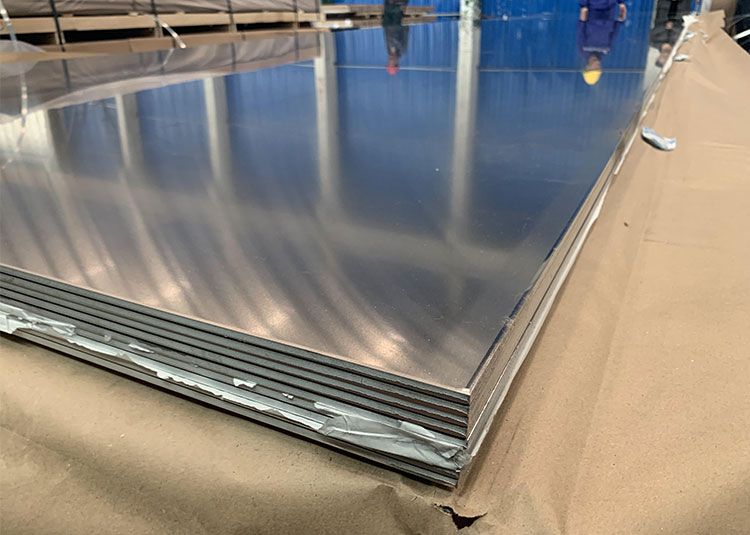When is an aluminium plate not really aluminium? When it’s a faux aluminium plate! While that might sound like a paradox, faux aluminium plates are an ingenious design and engineering solution that mimics the look, texture, and feel of real aluminium – while offering unique advantages tailored to specific uses.
What is a Faux Aluminium Plate?
In essence, faux aluminium plates are manufactured products designed to simulate the appearance and surface characteristics of real aluminium, yet these plates are composed of alternative materials like composite layers, polymers infused with metallic powders, or painted steel substrates treated with advanced coating techniques.
Why indulge in “artificial” aluminium? The answer lies not only in cunning aesthetics for architectural or automotive finishes but also in solving problems where physical properties such as weight, corrosion behavior, workability, and cost must be finely balanced.
Technical Composition and Parameters
Unlike pure aluminium plates (often per alloys such as 6061 or 5052), faux aluminium plates vary widely in composition based on intended application. Here are three typical approaches and their technical highlights:
| Type | Base Material | Coatings/Composition | Thickness Range | Weight | Durability |
|---|---|---|---|---|---|
| Aluminium Composite Panel | Thin aluminium + polyethylene core | Polyester or PVDF coatings | 2mm to 6mm | ~2.5-7 kg/m² | UV-resistant, impact-tolerant |
| Painted Steel Substrate | Cold Rolled Steel | High-grade paint simulating aluminum finish | 0.5mm to 1mm | Higher than pure Al | Higher structural strength |
| Polymer-Metal Composite | Fiber-reinforced polymer + metal-infused surface | Surface chemical texture materials | 3mm to 8mm | Depends on filler ratios | Varies with matrix type |
Faux Aluminium Alloy Tempering and Standards
True aluminium plates follow temper designations like T6, T651, or H32 to define hardness and strength achieved through controlled heat treatment and mechanical working. Faux aluminium plates, by contrast, don’t possess alloying elements to temper, but derived tensile or hardness properties depend on:
- Base material characteristics (behavior of steel or composite matrix)
- Surface treatment or lamination processes mimicking metallic temper levels visually and tactility
- Coating hardness defined via standards such as ASTM D522 for flexibility or ASTM B117 for corrosion resistance
Implementation standards influencing faux aluminium plates include architectural codes like AAMA 2605 for coatings, ISO 12944 for corrosion protection, and ANSI structural requirements if supporting load in construction.
Chemical Properties
Since genuine algebra-free aluminium plates their compositional analysis with alloys such as:
| Element | Typical Range (%) in 6061 Aluminium Alloy |
|---|---|
| Aluminium (Al) | Balance (~97%) |
| Magnesium (Mg) | 0.8-1.2 |
| Silicon (Si) | 0.4-0.8 |
| Copper (Cu) | 0.15-0.4 |
| Iron (Fe) | Max 0.7 |
| Zinc (Zn) | Max 0.25 |
Faux aluminium plates will reflect different elemental breakdowns depending heavily on constituents:
- Composite panels’ polyethylene cores are organic polymers without metals
- Painted steel substrates have iron-carbon matrices, i.e. mostly iron and carbon as per steel grade (ASTM A1011 for cold-rolled steel)
- Painted finishes incorporate pigments and solvents, with no metallurgical alloys as in aluminum
Advantages and Ideal Applications
Why faux aluminium? For designers, architects, and industries, faux aluminium plates offer a palette for creative and economic freedom:
- Cost-Effectiveness: Material and processing costs can be lower, especially compared to aerospace-grade aluminium plates.
- Weight Optimization: Composite panels tend to weigh less than metal sheets of the same thickness, crucial for large facade applications.
- Customization: Surface finishes can include colors, textures, anticorrosive films unattainable on pure aluminium.
- Corrosion Resistance: Certain coatings on plant-prepped steel substrates deliver long-lasting outdoor use in harsh climates.
- Sustainability: Some faux aluminium plates are recyclable composites aimed at reducing metal consumption.
Faux aluminium shines brightest in cladding, signage, vehicle trims, or lightweight decorative fixtures where high strength might be less critical than visual conformity and practical handling.













